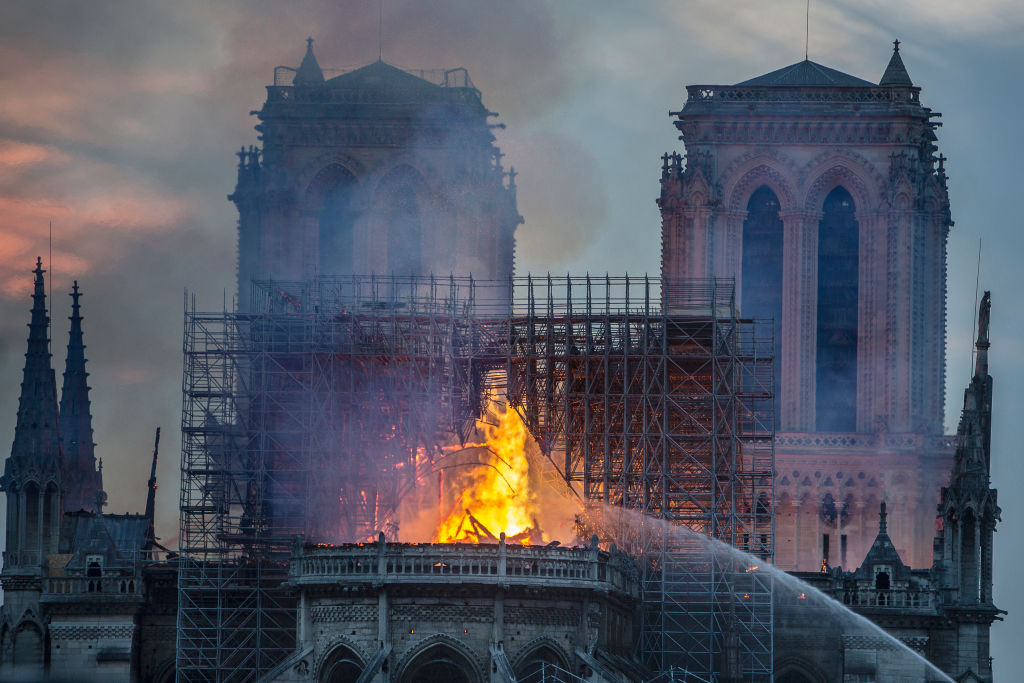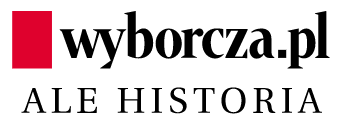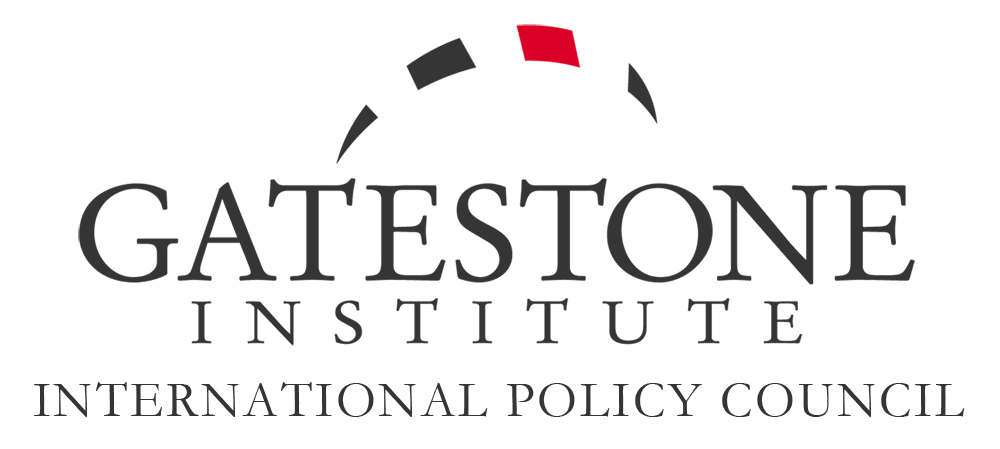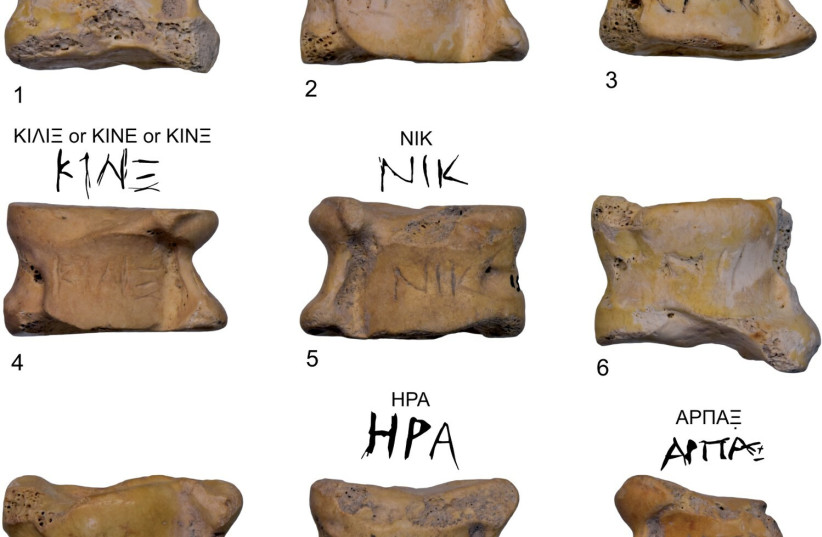- Comparing only the weekly frequency of Friday prayers in the mosque and Sunday Mass in the church, the future is clear: 65% of practicing Catholics [in France] are over 50 years old. By contrast, 73% of practicing Muslims are under the age of 50.
- In an essay on L’Incorrect Frédéric Saint Clair, political scientist and analyst, explains that “the milestone of 10,000 mosques, at the current rate, will be reached around 2100”. Will we have 10,000 full mosques and 10,000 practically empty churches?
- “[A] mosque is erected every fortnight in France, while a Christian building is being destroyed at the same rate.” — Edouard de Lamaze, president of the Observatory of Religious Heritage in Paris; Catholic News Agency, May 4, 2021.
- “During my first trips to the Middle East, in the early 1980s, I did not see veiled women and gradually the veil spread everywhere. It is the sign of the re-Islamization of Muslim societies and, in this sense, it takes on a political and geopolitical dimension. It is part of a conquest strategy. France is in a state of self-dhimmitude…. a legal and political status applicable to non-Muslim citizens in a state governed by Islam according to a prescription of the Koran (9:29). [Dhimmis] do not enjoy equal citizenship with the ‘true believers,’ who are Muslims.” — Annie Laurent, essayist and scholar author of several books on Islam, Boulevard Voltaire, May 19, 2022.
- “…France, due to a colonial complex and a sense of guilt, anticipates a legal and political situation that is not (yet) imposed on it but which could be a day in which Islam it will be a majority and therefore able to govern our country…. [T]he situation is really worrying. Before it becomes dramatic, it is urgent to put an end to the concessions we are multiplying to Islamism by hiding behind our values. Because by doing so we erase our own civilization”. — Annie Laurent, Boulevard Voltaire, May 19, 2022.
- Christianity in Germany “seems stable, but in reality it is on the verge of collapse. Pastors and bishops, but also many actively involved lay people, see landscapes in bloom where in reality there is nothing but the desert “. — Markus Günther, essayist, Frankfurter Allgemeine Zeitung, December 29, 2014.
- “Muslims, the winners of demographic change,” headlined Die Welt. “US researchers predict that for the first time in history there will be more Muslims than Christians. Societies change. Even Germany’s”.
- In Trier, Germany, where Karl Marx was born, the diocese announced an unprecedented cut in the number of parishes which, in the next few years, will be reduced from 900 to 35.
- L’Echo, the main Belgian economic newspaper, says: “Brussels was at the forefront of secularization before confronting an active Muslim minority. The first religion in Brussels today is Islam”…. Belgian anthropologist Olivier Servais confirmed a Muslim presence in Brussels at 33.5 percent, predicting a majority in 2030.
 “A civilization is everything that gathers around a religion,” said André Malraux. And when one religion declines, another takes its place. Comparing only the weekly frequency of Friday prayers in the mosque and Sunday Mass in the church, the future is clear: 65% of practicing Catholics in France are over 50 years old. By contrast, 73% of practicing Muslims are under the age of 50. Pictured: Fire consumes Notre-Dame Cathedral in Paris, on April 15, 2019. (Photo by Veronique de Viguerie/Getty Images)
“A civilization is everything that gathers around a religion,” said André Malraux. And when one religion declines, another takes its place. Comparing only the weekly frequency of Friday prayers in the mosque and Sunday Mass in the church, the future is clear: 65% of practicing Catholics in France are over 50 years old. By contrast, 73% of practicing Muslims are under the age of 50. Pictured: Fire consumes Notre-Dame Cathedral in Paris, on April 15, 2019. (Photo by Veronique de Viguerie/Getty Images)
French writer André Malraux said it: “A civilization is everything that gathers around a religion”. And when one religion declines, another takes its place.
Sarcelles, Saint-Denis, Mulhouse, Nantes, Chambéry, Strasbourg, La Rochelle… The impressive images of stadiums full of Muslim faithful, who arrived from all over France for the feast of Eid Al Kabir, seventy days after the end of Ramadan. In Saint-Denis, the city where the kings of France rest; in Nantes, the city of the Dukes of Brittany; in Strasbourg, the city of the cathedral and seat of the European Parliament, in Mulhouse, in the heart of Alsace.
“In forty years, France has become the Western European nation where the population of Muslim origin is the most important,” wrote Vatican Radio. “It is not difficult to hypothesize that we are now close to Islam overtaking Catholicism.” What if the overtaking has already taken place?
“France is no longer a Catholic country”, writes Frederic Lenoir, editor of the magazine Le Monde des Religions. Le Figaro wondered if Islam can already be considered “the first religion in France.” We are in the country where up to 5,000 churches are at risk of demolition by 2030, Le Figaro noted last month. Five thousand churches are at risk of disappearing within eight years, in a country lacking the political, religious and cultural will to keep alive a millennial heritage that represents France’s deepest soul. Perhaps the imam of the Grand Mosque of Paris understood what was evolving when he suggested using abandoned churches as mosques.
German writer Martin Mosebach observed that the “the loss of religion destabilizes a country”. When a society no longer knows how to give itself a reason to exist, others find one and the void left by Christianity is soon filled. Even an atheist like Richard Dawkins acknowledged that “the sound of the [church] bells is better than the song of the [mosque] muezzin”.
Islam is taking over Europe’s post-Christian ruins. It is estimated that today in France, for each practicing Muslim, there are three practicing Catholics. But if you dig deeper into this analysis, that relationship is about to be reversed. Comparing only the weekly frequency of Friday prayers in the mosque and Sunday Mass in the church, the future is clear: 65% of practicing Catholics are over 50 years old. By contrast, 73% of practicing Muslims are under the age of 50.
Hakim El Karoui, President Emmanuel Macron’s advisor on Islam and a researcher at the Montaigne Institute, states that Islam is now the most practiced religion in France. “There are more practicing Muslims, between 2.5 and 3 million, than practicing Catholics, 1.65 million”.
The same applies to the construction of new religious sites. Today, in France, there are 2,400 mosques, compared to 1,500 in 2003: “This is the most visible sign of the rapid growth of Islam in France,” notes the weekly Valeurs Actuelles.
In an essay on L’Incorrect Frédéric Saint Clair, political scientist and analyst, explains that “the milestone of 10,000 mosques, at the current rate, will be reached around 2100”. Will we have 10,000 full mosques and 10,000 practically empty churches?
Not only has the Catholic Church built merely 20 new churches in France in the past decade, according to research conducted by La Croix. Edouard de Lamaze, president of the Observatory of Religious Heritage in Paris, the most important organization that monitors the state of places of worship in the country, revealed:
“Although Catholic monuments are still ahead, one mosque is erected every 15 days in France, while one Christian building is destroyed at the same pace… It creates a tipping point on the territory that should be taken into account.”
Annie Laurent, essayist and scholar author of several books on Islam, and whom Pope Benedict XVI wanted as an expert for the synod on the Middle East, recently said in an interview published in Boulevard Voltaire:
“Despite the repeated assurances of firmness of the state towards Islamism and its rejection of every separatism, the opposite is happening: the advance of Muslim culture in different forms. A progress that seems to find no more limits and obstacles. There is the cowardice of public authorities who give in to electoral calculations or clients, and also the complacency of a part of our elites whose militancy is steeped in progressive ideology…
“During my first trips to the Middle East, in the early 1980s, I did not see veiled women and gradually the veil spread everywhere. It is the sign of the re-Islamization of Muslim societies and, in this sense, it takes on a political and geopolitical dimension. It is part of a conquest strategy…
“France is in a state of self-dhimmitude. What is dhimmitude? It is a legal and political status applicable to non-Muslim citizens in a state governed by Islam according to a prescription of the Koran (9:29). [Dhimmis] do not enjoy equal citizenship with the ‘true believers,’ who are Muslims. The dhimmi can maintain his religious identity but must undergo a series of discriminatory measures that can affect all aspects of life, public, social and private. Not all Muslim states apply all of these provisions today, but they are in force in some countries. However that may be, the principle remains as it is based on a ‘divine’ order.
“Muslims translate ‘dhimmitude’ with protection, which tends to reassure us, but the most appropriate translation is ‘protection-submission’: in exchange for the freedoms of worship or other freedoms more or less granted to them, they may be subject to special provisions, including Sharia, with the aim of making them aware of their inferiority.
“If I speak of self-dhimmitude, it is to express the idea that France, due to a colonial complex and a sense of guilt, anticipates a legal and political situation that is not (yet) imposed on it but which could be a day in which Islam it will be a majority and therefore able to govern our country. It should also be noted that Islam lives off the weakness of the societies in which it settles”.
How far will we go? “I don’t know, but the situation is really worrying,” concludes Laurent.
“Before it becomes dramatic, it is urgent to put an end to the concessions we are multiplying to Islamism by hiding behind our values. Because by doing so we erase our own civilization”.
Just two months ago, we had seen the same scenes for the end of Ramadan. Six thousand of the faithful celebrated at the Delaune Stadium in Saint-Denis, outside Paris. “Allahu Akbar” resounded from the loudspeakers placed in the four corners of the stadium. The same scenes could be seen in dozens of other stadiums throughout France, and in small and medium-sized cities: in Garges; in Montpellier (10,000 of the faithful in prayer); in Vandœuvre-lès-Nancy, a town of 30,000 inhabitants, 5,000 gathered in prayer at the stadium. The celebration also took place in Gennevilliers.
You can see the same advance of de-Christianization and the growth of Islam, with different intensities, everywhere in Europe.
In a dramatic article in the Frankfurter Allgemeine Zeitung, essayist Markus Günther explains that Christianity in Germany “seems stable, but in reality it is on the verge of collapse. Pastors and bishops, but also many actively involved lay people, see landscapes in bloom where in reality there is nothing but the desert”.
“We are turning our backs on our culture” writes Volkert Resing in the latest issue of the magazine Cicero, speaking of the end of Christianity in Germany.
“In 2021, an average of 390 children were baptized every day in Germany. Ten years ago there were 800 baptisms a day. Last year, 359,338 people left the Catholic Church and 280,000 people left the Protestant Church. In both cases it is a new record. Last year 21.6 million people belonged to the Catholic Church and 19.7 million were Protestants. The number of Christians in Germany who are members of one of the two largest churches fell below the 50 percent mark for the first time. The fall of the Christian West? And who cares”.
“For the first time in centuries,” according to the German magazine Stern, “most of the people in Germany are no longer in the two great churches. A projection assumes that in 2060 only 30 percent will be Catholic or Protestant”. For that date, all Christian denominations will have lost half of their current members. And if in 1950 one in two Catholics participated in Sunday services, notes the largest German weekly Die Zeit, today only one in ten people who say they are Christians participate in religious services.
“The importance of Islam in Germany will increase and that of Christianity will decrease, explains Detlef Pollack, professor of sociology of religion at Münster University and the country’s foremost expert on religious trends, in the Neue Zürcher Zeitung.
“In 2022, for the first time, less than half of the Germans will belong to one of the great churches. There is a liquefaction. Muslim communities in Germany are undoubtedly vital compared to most Christian communities. By contrast Islam is a highly dynamic religion that aims at visibility”.
For some time now, German public schools have been offering classes on Islam.
A Dresdner Bank study in 2007 predicted that “half of the churches in the country will close” and another that half of all Christians in the country will disappear. Within thirty years, according to the Pew Forum, there will be 17 million Muslims in Germany, compared to 22 million Christians between Catholics and Protestants, many of whom are only nominal (already today one-third of all Catholics are thinking of leaving the church) . The Muslim faithful settled in Germany will equal the total number of Catholics and Protestants.
This is a trend across the West. “Muslims, the winners of demographic change,” headlined Die Welt. “US researchers predict that for the first time in history there will be more Muslims than Christians. Societies change. Even Germany’s”.
Between 1996 and 2016, Germany lost more than 3,000 parishes, down from 13,329 to 10,280. In Trier, Germany, where Karl Marx was born, the diocese announced an unprecedented cut in the number of parishes which, in the next few years, will be reduced from 900 to 35. Compared to their Christian counterparts, Islamic places of worship are growing; in the last 40 years, they went from non-existent to between 2,600 and 2,700. We realize how our world has changed only at the end of an epochal transformation.
Practically every day in the German press there are articles like this in the Frankfurter Allgemeine Zeitung:
“Generations of believers got married in the Kreuzkirche in the Lamboy area of Hanau, they had their children baptized and there they mourned the dead. But the days when the rows of chairs were occupied even during the classic Sunday functions are long gone. The upcoming sale is a bitter new experience for Hanau. The culprit is the continuing decline in membership. This is due to demographic change and the numerous Muslim residents no longer provide a basis for a Christian community”.
538 abandoned churches and 49 newly built: this is the sad balance of Catholic churches in Germany in the last 20 years.
In Bonn, 270 churches will be abandoned, some of which can already be purchased on the diocesan online service.
“The Ruhr diocese wants to keep only 84 churches and 160 will have to be used for a new purpose… Mainz and Hildesheim want to halve their churches. Aachen has started a process of reducing buildings by 30 percent. The archdiocese of Berlin has also decided to reduce the number of churches by a quarter”.
From the diocese of Münster this month:
“87 churches have been deconsecrated. In various locations, churches are used as retirement and nursing homes for the elderly. Two churches in Marl alone are used as urn burial places. Apartments are being built in the St. Mariä Himmelfahrt church in Greven. Similar projects already exist, for instance, in Dülmen, Gescher and Herten-Bertlich. The former church of Sant’Elisabetta now serves as a sports hall”.
In the entire archdiocese of Munich, the hometown of former Pope Benedict XVI, there are today just 37 seminarians in the various stages of formation compared to about 1.7 million Catholics. By comparison, the American diocese of Lincoln, Nebraska currently has 49 seminarians for about 100,000 Catholics.
You can see the same disintegration happening in Spain. “Spain is the third country with the greatest abandonment of Christianity in Europe,” reported Spain’s major newspaper, El Pais. Cardinal Juan José Omella, archbishop of Barcelona, has sent to all parishes a message announcing the suppression of 160 parishes in Barcelona, so that each can make its own contribution before the plan is implemented. A headline in El Mundo reads: “Barcelona closes parishes due to the loss of faithful… The archbishopric will leave only 48 of the 208”.
In 2015, there were 1,334 mosques in Spain — 21% of the total number of all places of worship in the country. During a six months period in 2018, 46 new mosques were built, bringing the number to 1,632 mosques for that year. Mosque numbers are growing at a rate of 20 percent each year. In 2004, there were 139 mosques in Catalonia and in 2020 there were 284, or 104% more, according to the Catalonia Department of Justice.
In Andalusia the number of mosques in one decade increased from 27 to 201; in Valencia, from 15 to 201 and in Madrid, from 40 to 116. Demography is the engine of cultural change. “By 2030,” according to El Pais, “the Muslim population in Spain will increase by 82 percent”.
The same situation exists in Austria. According to Die Welt:
“In Austria, the Catholic faith is in decline, Islam is on the rise. There will be far fewer Catholics in the future, while the number of Muslims and non-denominational people will increase significantly, experts predict. In 2046, one in five Austrians will profess Islam. In Vienna, Islam will be the strongest religion: in 30 years, one in three Viennese will be Muslim. The percentage of Catholics will be only 42 percent in the country, dropping to 22 percent in Vienna”. In 1971, Catholics represented 78.6% of the population of Vienna; in 2001, just over half; in 2011, 41.3% and in thirty years Catholics will be only one third of the total.”
If the churches are empty, 3,000 people gather for Friday prayers in Floridsdorf, the first mosque in Vienna. The mosque was officially erected in 1979 in the presence of the then President Rudolf Kirchschläger, Chancellor Bruno Kreisky and Cardinal Franz König. Today the muezzin can call to prayer three times a day.
Christianity is no longer the first religion; Islam has taken its place. This shift should be grounds for discussion, not to say of concern — certainly not of cheerful indifference.
L’Echo, the main Belgian economic newspaper, says: “Brussels was at the forefront of secularization before confronting an active Muslim minority. The first religion in Brussels today is Islam”.
The monthly Causeur reminds us that Le Vif-L’Express (the main French-language newspaper) published a provocative front page entitled “Muslim Brussels in 2030”. Belgian anthropologist Olivier Servais confirmed a Muslim presence in Brussels at 33.5 percent, predicting a majority in 2030.
In Saint-Chamond, a French town of 35,000, the town hall recently ordered the disposal of the main church of the city, Notre-Dame, built in the 19th century. Closed for worship since 2004, deprived of the crosses that proudly towered over its spiers, this church, in view of its transformation into a cultural project, has just been condemned to deconsecration. Meanwhile, last week, near what remains of Notre-Dame, the muezzin called over the loudspeakers for the Muslim faithful to come to prayers.
Giulio Meotti, Cultural Editor for Il Foglio, is an Italian journalist and author.
 YouTube Removes Channel of UK Extremist Who Used Codewords to Attack Jews, Blacks
YouTube Removes Channel of UK Extremist Who Used Codewords to Attack Jews, Blacks YouTube app is seen on a smartphone in this illustration taken, July 13, 2021. REUTERS/Dado Ruvic/Illustration
YouTube app is seen on a smartphone in this illustration taken, July 13, 2021. REUTERS/Dado Ruvic/Illustration











